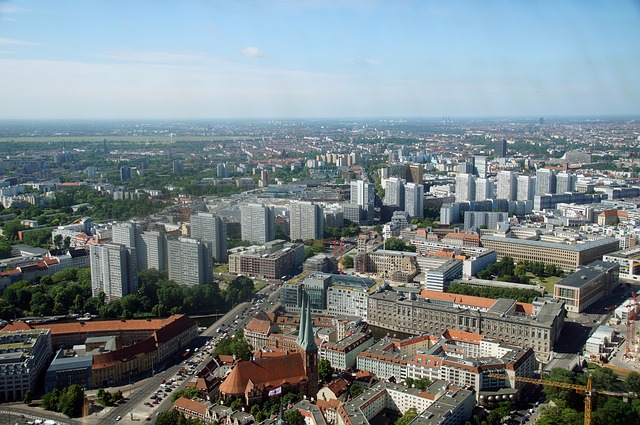Over the years I have worked with and for a great number of large engineering and design companies operating globally. The secret towards successfully managing these companies evolves largely about strategies to accurately manage knowledge. As my colleague and good friend Amy Javernick-Will wrote, this knowledge can be categorized along two main lines: local market knowledge and global technical engineering knowledge (Javernick-Will and Scott 2010). I feel that most large design and engineering organizations have a good handle on managing the local knowledge by creating decentralized organizational structures and by having an extensive merger and acquisition strategy. However, I also feel that most of the companies I worked for still struggle to a certain extent with managing their global technical expertise. Maybe these struggles are most visible in the efforts to establish central knowledge management systems and trying to convince the majority of the workforce to use this systems to post knowledge, best practice studies, and establish global discussion networks around central technical topics of importance.
The main problem with these traditional platforms is that it requires extra efforts of employees to post, maintain entries, and to discuss. In a business that is still mainly oriented on billing hours to clients this is a difficult problem, as most employees are mainly concerned with selling their valuable work hours. This of course in particular holds for the experienced and knowledgeable people that hardly ever find time to support knowledge management tasks. At the same time, however, the large design and engineering organizations sit on a large gold mine of information that could be leveraged for establishing central knowledge management systems: Reports, Project Reviews, Internal Memos, and all type of other textual data. In recent years many studies have also shown the feasibility of automatically text mining these documents to establish automated knowledge categories, dedicated search engines, and knowledge networks that link important concepts. One of my most notable colleagues in this area is for example Nora El-Gohary that has shown the potential in a myriad of different studies. In some of our recent work we also have shown the potential for renovation projects. Commercially some early start-ups are also trying to leverage this idea, such as, for example the Berlin based Architrave. However, I believe that the true potential to leverage the power of automated text mining lies with the large design and engineering companies. The methods and algorithms exist, however, the key to successful implementations lies with the availability of large textual databases that only exist at these multi-national large scale corporations.




